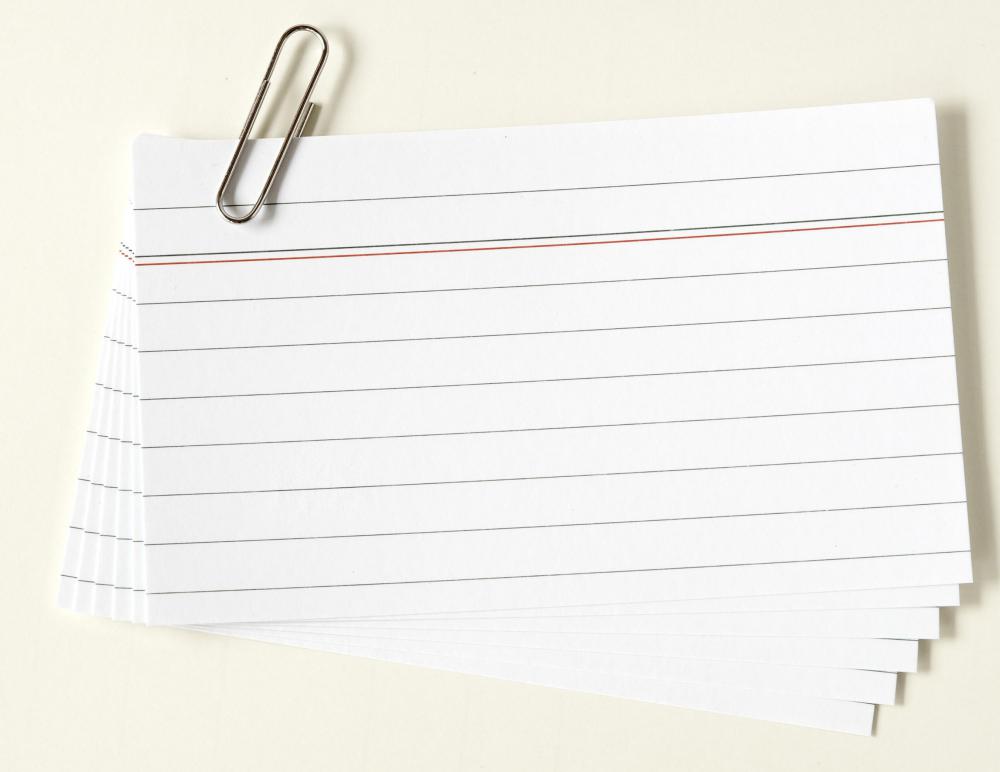 |
| An organized visual schedule can be a great cue or prompt for sticking to your plan |
- Find blocks of 30-45 minutes in your schedule, and then plan what to focus on during those blocks of time.
- Map out the “what” AND the “how."
- Doing this in advance can save you time (and stress) later on.
- Build in a short break (2-5 minutes) for every 45-60 minutes of studying.
- Use a timer so your breaks don't get too long!
- Prepare by first collecting content from which to study; then, create study materials; then, actively engage with and utilize those study materials. (More tips about this are below.)
- Some teachers will work with you in class, to prepare for exams, and may even give you a timeline and specific tasks to do for preparation. Stick to those recommendations!
Keep a Balanced Perspective
- Keep these tests in perspective.
- Focus on the process, versus the product.
- This means emphasizing the habits that you are working to develop, and the process of figuring out the sorts of study techniques that work best for you as an individual, rather than solely emphasizing the grade you end up with.
- Focus on HOW you're studying, rather than HOW MUCH you study.
- Maintain healthy habits: eat well-balanced meals, get plenty of sleep, stay active, and continue to participate in the things you enjoy!
Use ACTIVE Study Strategies
“Reading over” textbooks and notes is NOT efficient studying!
Teach Someone Else-You’ll know that you’re really comfortable with the material if you can teach it to someone else. Teach a parent or sibling, encourage them to ask you questions...and then answer their questions.
CREATE Study Materials
- Using pre-made Quizlet sets is okay, but you may retain more when you’re creating the study materials instead of just reviewing what someone else has done.
- ŸGraphic Organizers: For many classes, it can make sense to create a graphic organizer or visual that shows the connections between the content/ topics that you have studied this year. Creating a graphic organizer can help you to not only see how the topics are connected, but can also help you to identify “big ideas” to focus on.
 |
| A graphic organizer, filled in or entirely created by you, can be a great way to see the big ideas and connections in your class material. |
- ŸNote Cards: On the front, write the term, big idea, event, etc. On the back, answer who, what, when, where, why is it significant questions. Does it take longer? Yes, but you will have a more thorough understanding of the material.
- Create a visual trigger on the front of the note card. This can be a phrase or picture, or some other sort of mnemonic. In the testing situation, the visual trigger may be just the thing that pops into your mind and cues the answer.
- Play with the note cards. Rather than just flipping through and trying to memorize the words on the card, get creative. Make different groups and categories (e.g. leaders and battles; bones and organs; verbs and nouns) then re-categorize them. Compare the cards to one another. How were 2 leaders the same or different? Why was one battle more significant than others? By manipulating the note cards, you are engaging in higher-level thinking…the sort of skills you’ll need to practice in order to answer essay and other open-response questions.
- ŸTriple Note Totes: These are useful when you’re working on memorizing material. Fold a paper into three columns. In the first column, list the vocabulary you’re trying to remember. In the middle column, write the definition or important information about that term. In the third column, create and note down a mnemonic device for linking the term to the necessary information (definition, dates, importance, etc.).
Test Yourself- You’ve have had a whole year’s worth of experience taking tests and quizzes for a class, so you can use those old assessments to study from. You can:
- Make corrections to old tests and quizzes, using your notes and textbooks.
- Make up your own practice questions based on the sorts of questions teachers have used in the past.
- Look at chapter titles or section headings in a book, and turn them into essay questions.
- Turn class notes into fill-in-the-blank or short answer questions.
- Make practice tests to exchange with classmates.


No comments:
Post a Comment